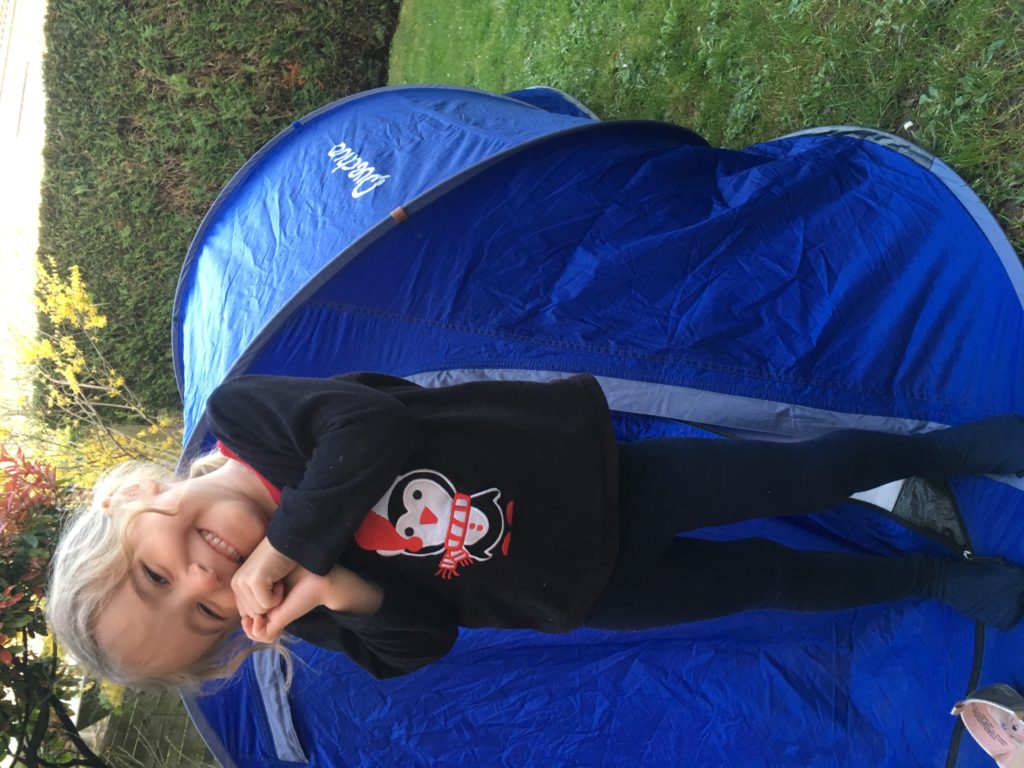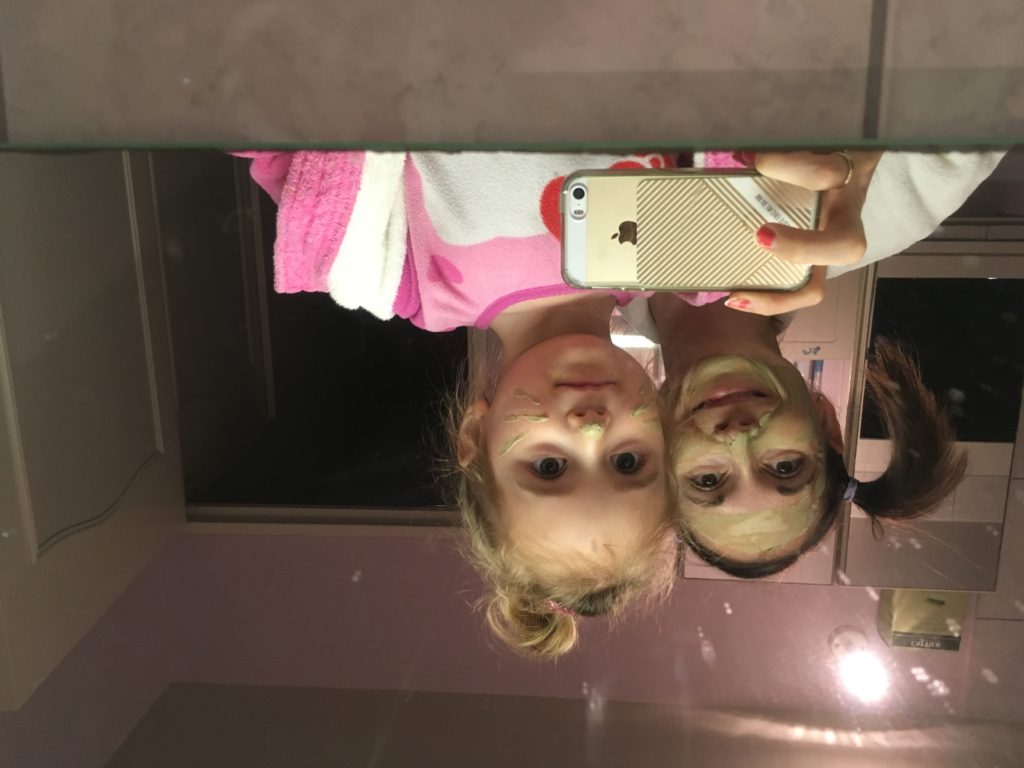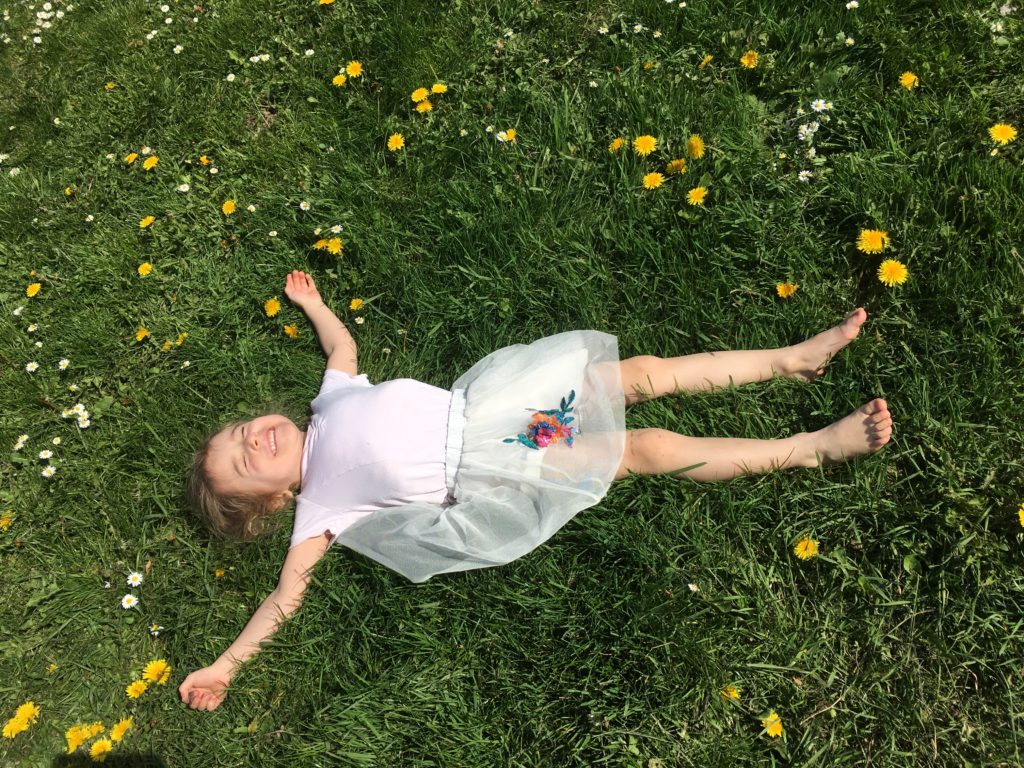Four keys to teaching your kids to relax and the importance of doing nothing.
Because doing nothing is an important life skill that they will not learn anywhere else. This long lost art was instilled in me at an early age when my Mom took me to the bank, sat me on a chair and asked me to sit and do nothing. She also took me to swimming lessons where knowing how to relax and do nothing was essential for learning to float. I also sat on a pew and doodled during church services and I can tell you it takes a lot of self control to sit up straight and draw rather than bouncing around as kids want to do. So before I begin, I will also make an earnest appeal for balance between times of the day designed for bursts of energy, and other times of the day for quiet and calm.
Why?
To encourage their autonomy.
To pass on the value self-care at every age.
To promote good sleep habits.
Encourage their autonomy.
Kids need to know you have confidence in their abilities to figure things out. In the photo we are camping in out own back yard. By letting them go it alone, their self-confidence rises, and they are more eager to ask for help when something is out of their capacities if they know that asking for help leads to more learning that leads to more competence, “we know that suffering produces perseverance; perseverance, character; and character, hope.”
Likewise they are less likely to blow up when confronted with big emotions, like when you have to intervene in a controlling manner. How is that? They have already made a healthy dose of decisions and so they have less of an uprising when someone steps in to say, “No, I decide this time.” Their quota is filled and they trust you to let them take control at a later time.
The paradox. Learning to listen to the buzzing of the bugs and living in the moment is an opportunity to let life happen without controlling it. And that is okay, it’s even good. So don’t fight it.
To pass on the value self-care at every age.
Slowing down also means taking care of yourself. Just like you model caring for your skin, teeth, and body; your kids also need you to model caring for your emotions and sleep cycle. Take an hour each evening to learn what it means to relax your body and mind as a bedtime ritual. Find out what elements of relaxing your kids are skilled at and what they need to work on. In the picture we began winding down hours before bedtime, the organic green clay transformed her into a kitty and myself into a butterfly and required us to float lazily in a warm bath. Ahhh…
I found out my cupcake was able to do her entire bedtime routine all by herself until it came time to relax her muscles in bed. She was too fidgety to let herself sleep, so we started a deep dive into learning to tense our muscles and relax them an exercise that also applies to the brain muscle!
To promote good sleep habits.
Overstimulation is an enemy of sleep. Learning to do activities that are slow and not energetic familiarizes our bodies with the need to slow down our heart rate, breathing, and racing thoughts. Watch the clouds go by. Gaze at the stars. Sit by the campfire. Do anything that requires doing nothing and you’ll see the advantages in deeper longer uninterrupted sleep.
And for us, the biggest reward was the intrinsic desire for sleep that shows up so rarely in my little Cupcake’s life, but we are working on that, and doing nothing is helping. Sleep is a learned activity. Learning to listen to the buzzing of the bugs and living in the moment is an opportunity to let life happen without controlling it; just as we need to let sleep happen to us without controlling it.
How?
1.) Modeling
First let them see you model doing nothing. Demonstrate the calm in your words and actions while you are doing nothing alongside them. Maybe after they’re in bed is a good time for you to personally enjoy doing nothing, but the more they see you investing time in this the more valuable it will become to them.
2.) Expectations
When you do something new, talk about what you’re going to do. Teach them to listen to their own heart rate and breathing. Explain the value and advantages to slowing down. Explain everything at their level and ask them to explain to you what they remember from what you said.
3.) Repetition
Practice makes perfect. The second time, ask them to do the instructing based on what they remember from your previous explanation. Ask inquisitive questions like a learner would, “What is the value again?” and allow them to come up with their own. This time, spend less time explaining and more time living in the moment. Embrace and enjoy every sense. What do you hear? What do you feel? What do you see above you?
4.) Space
Provide for them the space and time in the family schedule when they can do nothing with no regrets. And again, that they can see you investing in unwinding and doing nothing too.





Even good reminders for us adults who have no children! Thanks for investing your time in these blog posts!